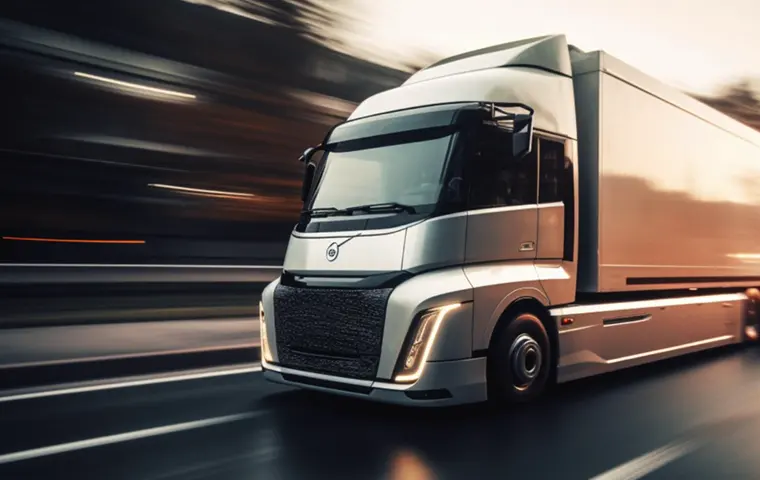If your fleet has been driving around in older vehicles, you’ve likely wondered whether upgrading would make your fleet safer. There have been mixed opinions among the general population regarding new vs. old truck safety. Before you decide, research the safety benefits of newer trucks. Let’s compare truck safety to see how new trucks hold up against older ones.
A Summary of NHTSA Data
The National Highway Traffic Safety Administration, or NHTSA, is responsible for much of the research into traffic safety. They have heavily researched the safety of trucks over the years and have gathered a large pool of data since 1985.
The NHTSA considers an “old” vehicle any vehicle built before 2012. Model years fall into the following categories:
- 2013-2017
- 2008-2012
- 2003-2007
- 1998-2002
- 1993-1997
- 1985-1992
- 1984-earlier
Of course, you’ll see the most glaring differences between vehicles built before 1985 and newer vehicles. For example, 55% of crashes occurred in vehicles made before 1985, whereas 26% of crashes occurred in vehicles built between 2013 and 2017.
However, this difference doesn’t only apply before 1985. The NHTSA found that the older the vehicle, the higher the fatality rate. They determined “that a higher proportion of the occupants of older vehicles suffered a fatal injury. In addition, the proportion of vehicle occupants who were fatally injured increases with the age of the vehicle.”
A Summary of NTSB Data
The National Transportation Safety Board is also responsible for gathering data on vehicle crashes. They conducted a study on technology in newer vehicles and its impact on crash prevention.
For example, they studied rear-end collisions between 2012 and 2014 and found that 87% were due to drivers not paying attention to traffic ahead. They determined that the collision avoidance system now available in many new vehicles would prevent many of these crashes, including 1,700 fatal rear-end collisions annually.
As a result, collision warning systems are now present in more vehicles, including heavy-duty trucks.
Prioritize Safety with Azuga
Buying the newest vehicles isn’t the only way to keep your fleet safe. Combine your new vehicles’ technology with Azuga’s top-of-the-line technology to create a robust protection system around your drivers. We offer telematics, dashcams, driver rewards programs, fleet training videos, and more to help you boost the safety of your business. To learn more about everything Azuga can offer, schedule a demo with our experts today.
When Is the Best Time to Replace Fleet Vehicles? – Jul. 13th, 2020
Learn how to optimize your fleet's vehicle replacement cycle and discover the key factors to consider when determining the ideal time to replace fleet vehicles. We’ll discuss maintenance costs, fuel efficiency, safety advancements, and more. Gain practical strategies to maximize efficiency and cost-effectiveness by implementing a well-planned vehicle replacement strategy tailored to your fleet's unique needs.
Considerations for Buying vs. Leasing Fleet Vehicles – Mar. 24th, 2020
We’ll help you decide whether to buy or lease fleet vehicles. Explore the advantages and considerations of each option, including upfront costs, flexibility, maintenance responsibilities, and long-term financial implications. Gain valuable guidance to determine the most suitable approach that aligns with your fleet's goals and financial situation, ultimately optimizing your vehicle acquisition strategy.
How Do Car Safety Ratings Work? – Dec. 26th, 2022
Next time you’re ready to purchase a vehicle, ensure your safety on the road by understanding car safety ratings. Learn how safety organizations evaluate vehicles and assign ratings based on crash tests and safety features. Discover how to effectively interpret and utilize car safety ratings when making informed decisions on purchasing or leasing vehicles, prioritizing safety features, and promoting a secure driving environment.








